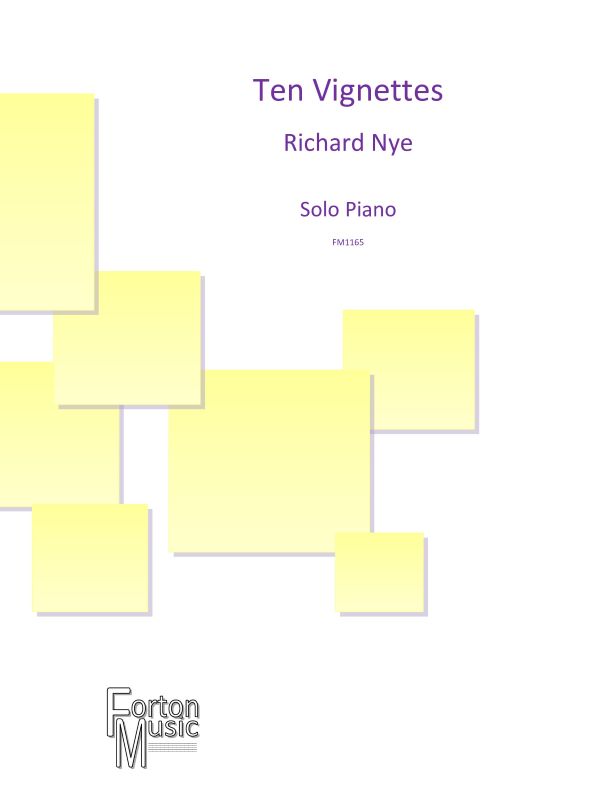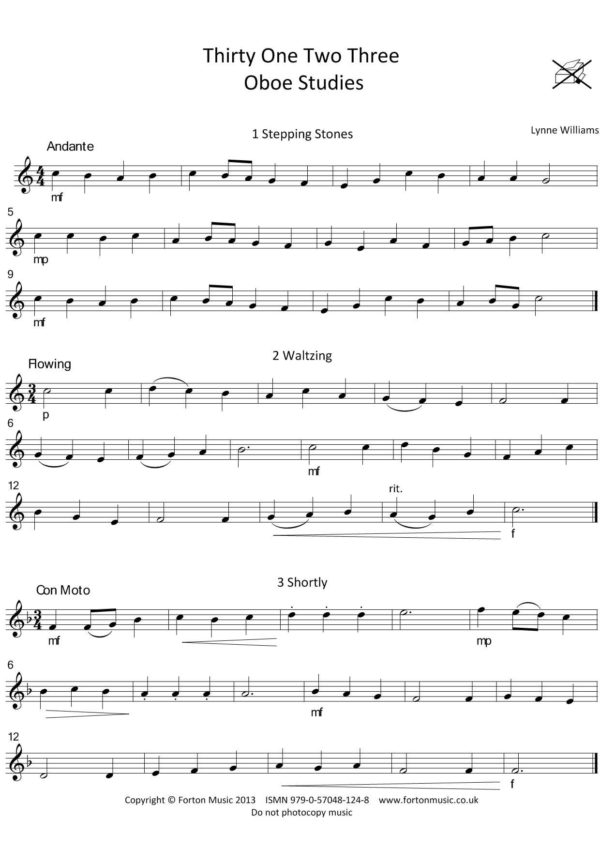Click the links below to see and hear each variation.
Theme
Variation 1
Variation 2
Variation 3
Variation 4
Variation 5
Variation 6
Variation 7
Variation 8
Variation 9
£7.50 – £10.00
Click the links below to see and hear each variation.
Theme
Variation 1
Variation 2
Variation 3
Variation 4
Variation 5
Variation 6
Variation 7
Variation 8
Variation 9
Three Blind Mice is an English nursery rhyme and musical round. An early version of the song was published in 1609 in “Deuteromelia” or “The Seconde part of Musicks melodie”, edited by Thomas Ravenscroft, who has also sometimes been attributed with the authorship of the rhyme and, possibly, the composition of the song.
In 1555 and 1556, nearly 300 perceived religious heretics were executed by order of then Queen Mary I of England. Three of these individuals, Bishop Nicholas Ridley, Bishop Hugh Latimer and Archbishop of Canterbury Thomas Cranmer have become known as the Oxford Martyrs. It is claimed that the three mice in the song represent these three men, and the blindness refers to their “Protestantism”. The mice in the song are killed by a farmer’s wife who cuts off their tails with a carving knife. The Oxford Martyrs and the other people who were executed were burnt at the stake.
Despite the dark side of the history of the song, Three Blind Mice has been much loved by children over the centuries and material from its melody has been used by many composers, including: Haydn, Schumann, Dvorak and Rachmaninoff.
Simply defined by Wikipedia, variation is a formal technique in which material [from an initially stated theme] is repeated in altered form. The change may involve melody, rhythm, harmony, counterpoint, timbre, orchestration or any combination of these. Variation is often contrasted with musical development, which is a slightly different means to the same end. The greatly respected pianist and composer, Jeremy Denk, explains in an interview with Classic FM magazine, that, sometimes [variations] can just be like a bunch of different pictures. Sometimes the variations take on a cumulative meaning, each new variation adding to the last.” He says this is particularly evident in themes and variations by Bach, Beethoven and Brahms. When asked why composers seem to like working in the theme and variations form, Denk says, “It’s incredibly simple in concept and it lends itself to extraordinary catharsis and a sense of process that is very special…it’s this act of re-finding the theme, regaining something from the profusion that came before, that’s so incredibly powerful.”
| composer | |
|---|---|
| instrumentation | |
| Select an Option | |
| skill-level |



